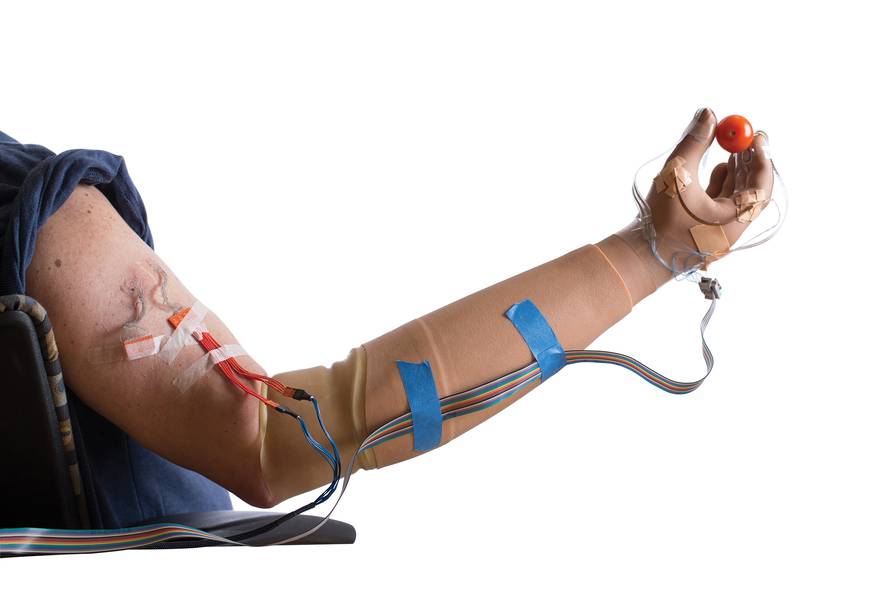Artificial arms, closer to the carnal
The two studies published in the journal Science Translational Medicine show advances in artificial arms. Each research has developed an aspect: control the arm more freely, some and have sensations similar to the touch of the hands, others.
The first research has been to connect the artificial arm directly to the arm bone, muscles and nerves. The prosthesis is osteointegrated and corresponds to the carrier skeleton. Result: Performs movements more naturally due to increased control of the prosthesis carrier.
In the second research, nerve connections are phased. Operated by two men who had the arm cut above the elbow, they tied the electrodes to the lower nerves of the skin of the arm. To train the arm, sensors placed on the fingers collected electric pulses of different intensity, and after a year it can be said that they have sensations similar to natural touch. Thanks to this, they feel more comfortable arm and are able to perform finer tasks such as removing the seeds of a fruit without crushing it.






